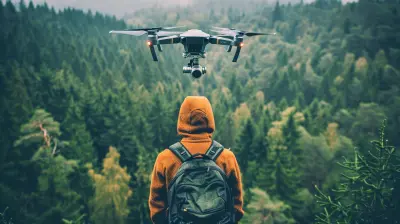The Future of Autonomous Robots in Healthcare
24 June 2025
Alright, let’s talk robots. Not the kind that bring you snacks on a spaceship (though, how cool would that be?), but the kind that are revolutionizing something a tad more serious—healthcare. Yep, we’re diving into the wild, sometimes wacky, and insanely innovative world of autonomous robots in healthcare.
Before you roll your eyes and say, “Great, another sci-fi fantasy,” pump the brakes. Robots aren’t coming—they’re already here. And no, they’re not trying to replace your favorite nurse or become your new heart surgeon (yet). But what they are doing is shaking things up in ways we never imagined.
So buckle up, friend. We’re going on a ride into the quirky, hopeful, and occasionally eyebrow-raising future of healthcare automation. Spoiler alert: it involves a lot less paperwork and a lot more robotic arms.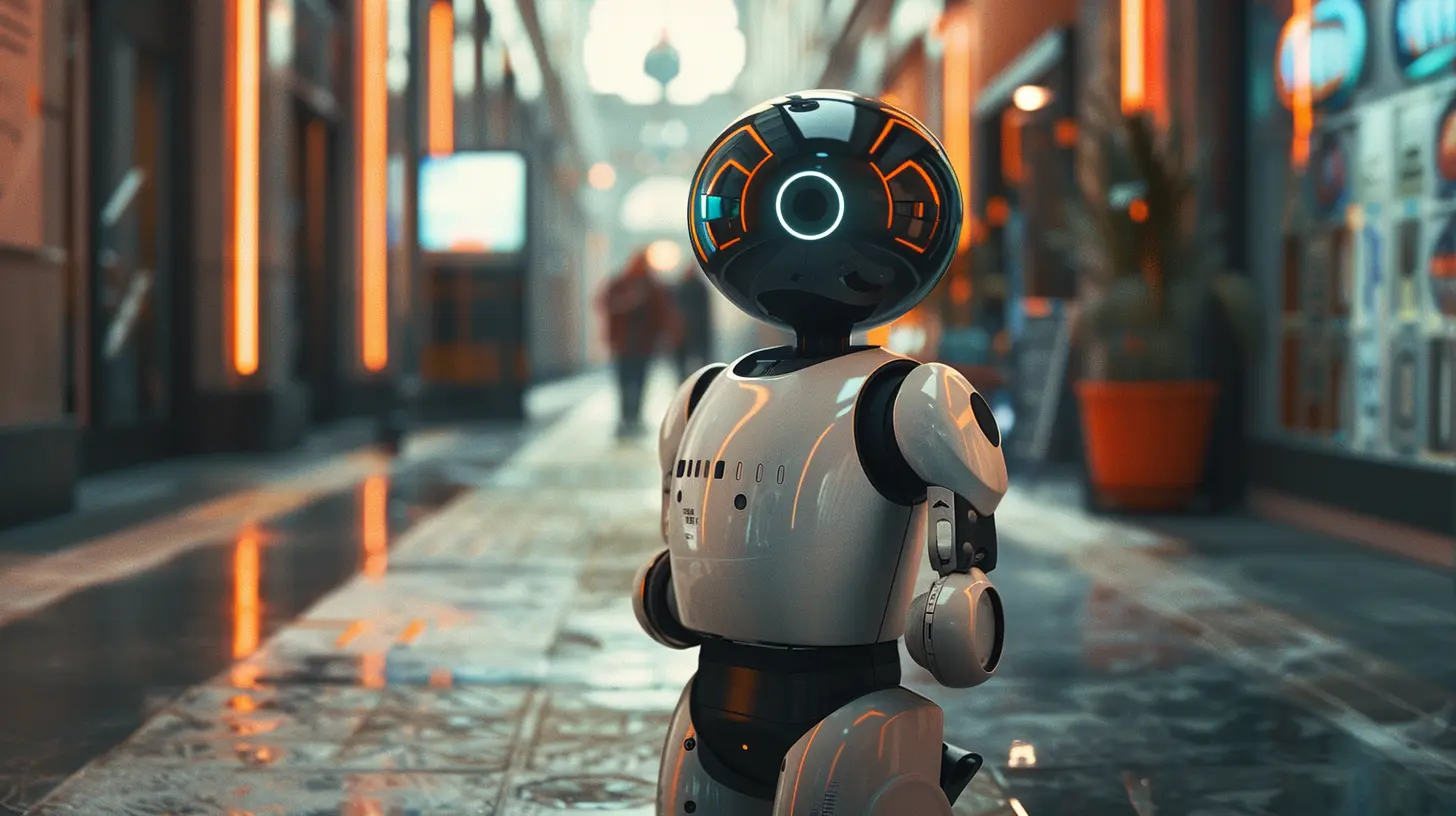
What the Heck Are Autonomous Robots, Anyway?
Let’s get one thing straight: not all robots are made equal. We’ve got those cute little floor cleaners zooming around your living room, and then there’s the heavy-duty surgical machines that make precision look like child’s play.Autonomous robots are in a league of their own. These aren’t machines that wait for a human’s command like a loyal puppy. They’re designed to make decisions, navigate spaces, and adapt to changes—all on their own. Think of them as the self-driving Teslas of the robot world, but instead of roads, their domain is hospital corridors and operating rooms.
In healthcare, these robots are becoming the ultimate sidekicks—handling tedious tasks, reducing human error, improving efficiency, and even comforting patients. Yes, comforting. Some of them are adorable.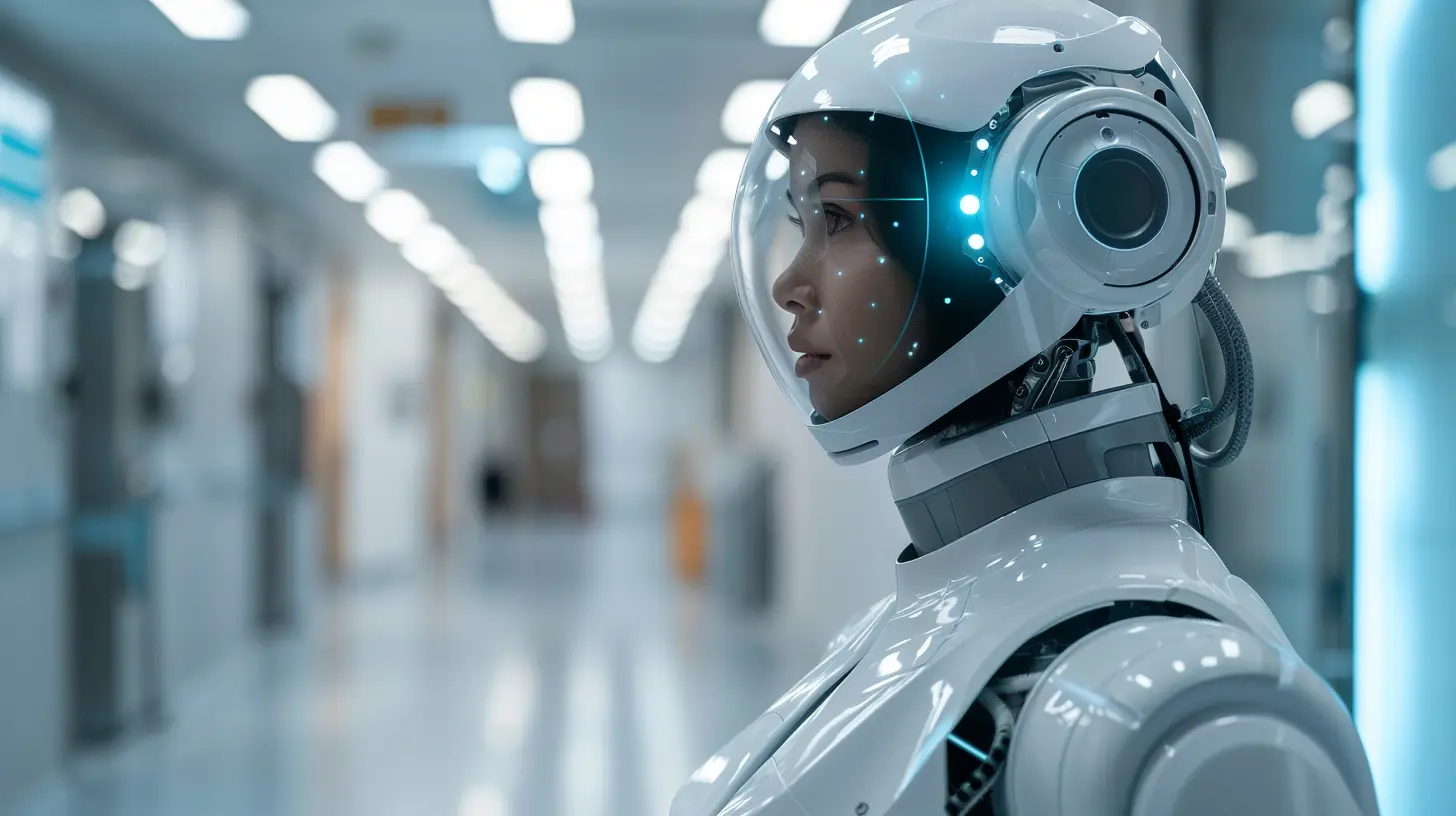
The Heroes of the Hour: What Autonomous Robots Are Already Doing
Believe it or not, autonomous robots are already flexing their metallic muscles in hospitals across the globe. Let’s break it down:1. 🧼 Sterilization & Sanitation
Remember the early days of COVID where everyone suddenly became a germaphobe? Autonomous robots were already way ahead of the game. Robots like Xenex and UVD can disinfect patient rooms and surgical theaters using UV light—no bleach, no scrubbing—just light-saber style cleanliness.These robots zip around like germ-fighting ninjas, decreasing hospital-acquired infections and freeing up human hands for more sensitive tasks.
2. 🚚 Delivery Bots
In some hospitals, you might see what looks like a mini-fridge on wheels cruising down the hallway. That’s probably TUG, an autonomous delivery robot. These bots transport medication, linens, lab samples—you name it—saving nurses countless steps per shift.They don’t gossip at the nurse station or get distracted by scrolling TikTok. They just work. Efficiently.
3. 🧠 Social/Companion Robots
Cue the “awws.” Robots like PARO (a fluffy robotic seal) and Pepper (that semi-humanoid cutie from SoftBank) are changing the game in eldercare and pediatric wards. They help reduce loneliness, encourage social interaction, and even assist with simple mental exercises.Imagine grandma chatting with a robot while doing her daily cognitive activities. Weird? Maybe. Helpful? Absolutely.
4. 🦾 Surgical Assist Robots
These aren’t the rebellious robot surgeons from sci-fi nightmares. Surgical robots like da Vinci are under the control of skilled surgeons but offer enhanced precision and decreased invasiveness. We’re talking reduced recovery times and tiny incisions that heal faster.It’s like giving your surgeon superpowers—without the radioactive spider bite.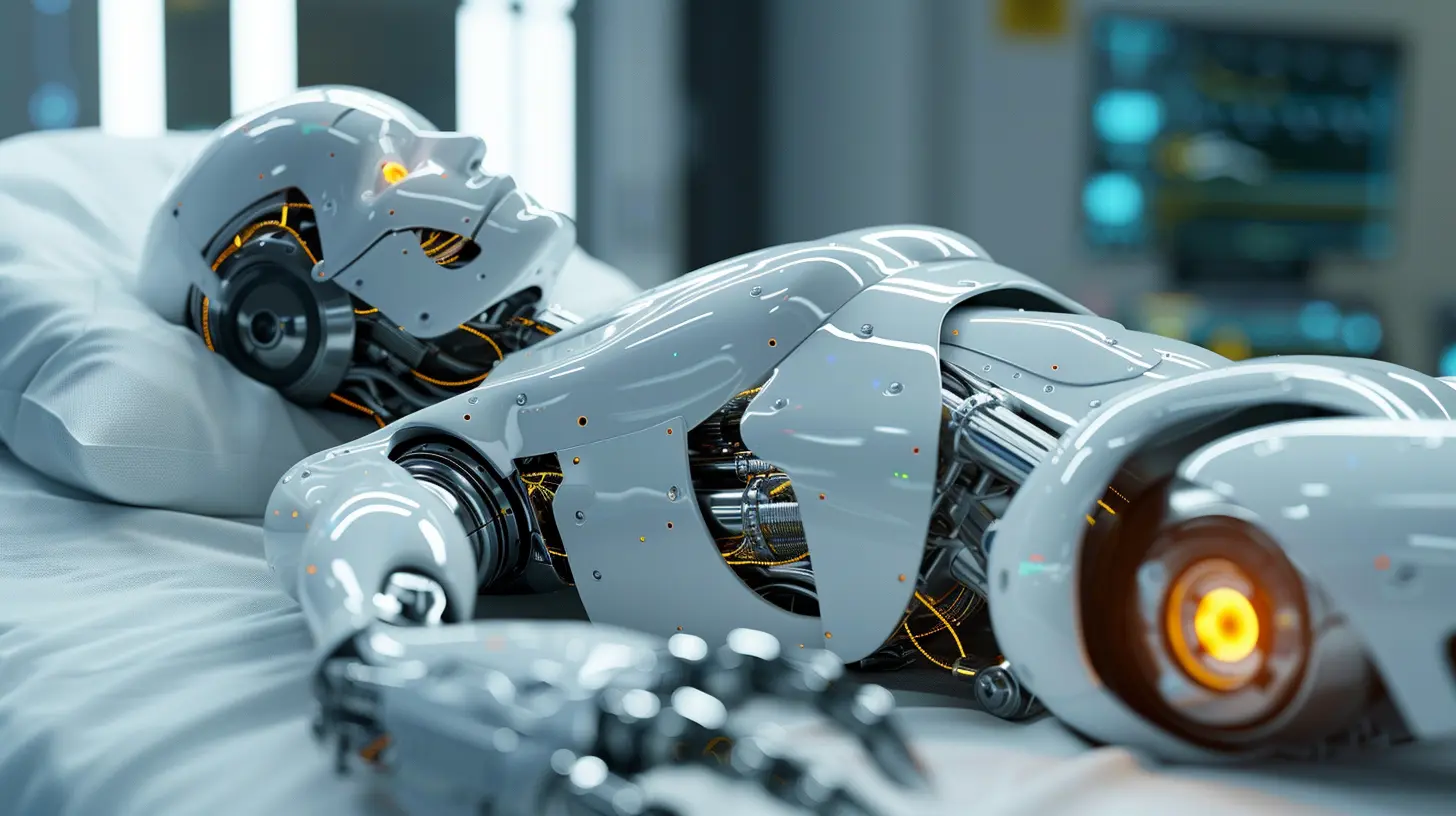
But Wait… What About the Doctors and Nurses?
Let’s squash the elephant in the room: No, robots are not here to steal jobs. At least, not in the way people fear.Autonomous robots are assistive technology. They handle repetitive, time-consuming duties and allow healthcare professionals to focus on what they do best—caring for patients.
We’re talking about freeing up hours upon hours of staff time every week. Less time delivering meds or scrubbing floors means more time holding a patient’s hand or solving a complex diagnosis. Robots aren’t replacing healthcare workers—they’re making them super efficient.
It’s not man vs. machine. It’s man and machine teaming up like Batman and Alfred, just with fewer capes.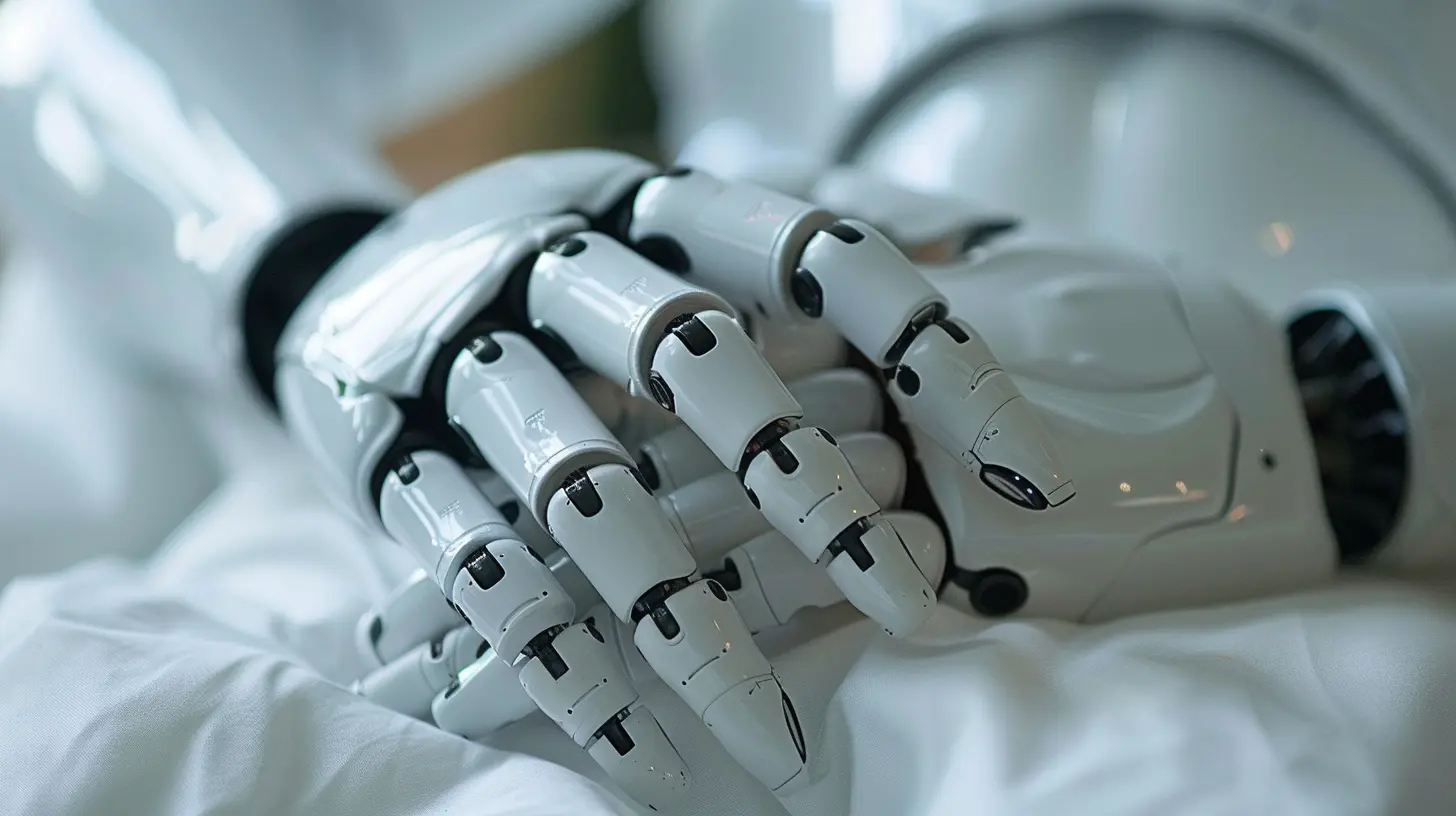
The Magic Behind the Metal: How Do These Things Work?
You might be picturing a wall of blinking lights, Terminator-style processing, and mysterious “AI stuff” making robots do their thing. You're not wrong... but let’s simplify.Autonomous robots rely on a cocktail of technologies:
- Artificial Intelligence (AI): Gives robots the ability to think, learn patterns, and make decisions.
- Machine Learning (ML): Helps them improve over time as they gather more data.
- Computer Vision: Like eyes, so they can “see” and interpret their environment.
- Lidar & Sensors: For spatial awareness—so they don’t bump into walls like your clumsy uncle.
- Natural Language Processing (NLP): Allows them to understand and communicate with humans.
All of this lets a robot navigate a hospital, recognize patients, understand spoken instructions, or determine when a room needs cleaning. Wild, right?
The Big Why: Why Healthcare + Robots = Perfect Match
You might ask, “Why healthcare? Why not fast food or bartending robots?” (Spoiler alert: those exist, too.)Here’s why healthcare is primed for robotic revolution:
- Aging Population: More patients = more strain on the system.
- Staff Shortages: Burnout and staffing gaps aren’t going away anytime soon.
- Infection Control: Especially after 2020, reducing human contact in high-risk areas is 🔑.
- 24/7 Efficiency: Robots don’t need sleep, coffee breaks, or PTO.
- Improved Outcomes: Less error, more precision, faster recovery—who doesn’t want that?
Basically, the system is overloaded and robots are the reinforcements.
Fast Forward: What Does the Future Hold?
Let’s peer into the crystal ball (or maybe just a very optimistic AI-powered dashboard).🌐 Fully Automated Hospitals?
Imagine a hospital where autonomous bots handle everything from check-ins, to diagnostics, to post-op recovery monitoring. Walking into that place would feel like entering a sci-fi movie.It’s not that far-fetched. Japan and South Korea are already piloting AI-driven eldercare facilities with minimal human oversight. The U.S. and Europe aren’t far behind.
🩻 Robotic Diagnostics
We’re already seeing AI that can evaluate X-rays and MRIs better than human radiologists in some cases. Combine that with autonomous machines that can take vitals and run initial assessments? Boom. Instant check-ups.Don’t be surprised if your next general physician turns out to be more... firmware than flesh.
🧠 Emotional AI Companions
There’s a growing push for robots that genuinely understand human emotions. We’re not talking about creepy uncanny-valley versions of empathy. We’re talking responsive, emotionally supportive robots designed to provide mental health support, especially in isolated or underserved populations.Imagine your therapy session hosted by a kind, warm robot that never judges and always has tissues.
The Bumps in the Road: Why We’re Not All Living in Robotic Utopia (Yet)
Okay, let’s not get carried away. There are still some serious hurdles:⚖️ Ethics & Privacy
How comfortable are we really with machines handling sensitive medical data or making health-related decisions? Can we trust them to be unbiased and secure?These aren’t small questions. They’re massive, and they’ll shape laws and regulations for decades.
💵 Cost Factor
Robots aren’t exactly budget-friendly. The cost of implementation, maintenance, training, and upgrades can be a huge barrier for smaller hospitals and clinics.🧠 Human Touch Still Matters
No matter how advanced a robot becomes, it can’t replicate human empathy. It can’t truly understand grief, offer reassurance, or instinctively know when something is off. The future may be robotic, but the heart of healthcare will always be human.Final Thought: Robots Are Here to Help, Not Take Over
Autonomous robots in healthcare are more than just flashy tech—they’re essential tools in reshaping how we think about care delivery. They're not coming for our jobs. They're coming to carry the load with us, side by side, circuit by heartbeat.So next time you hear a little beep and see a shiny machine roll down a hospital hallway, give it a nod. That’s not a robot stealing someone’s job. That’s a robotic hero in scrubs.
And who knows? One day, it might just save your life—with a laser scalpel and zero small talk.
all images in this post were generated using AI tools
Category:
RoboticsAuthor:

Marcus Gray
Discussion
rate this article
2 comments
Savannah Underwood
Imagine a robot nurse offering rainbow band-aids and karaoke therapy! The future of healthcare could be a whimsical blend of tech and tender care. 🤖🌈🎤
November 15, 2025 at 1:33 PM
Marcus Reed
Imagine robots in scrubs zooming around hospitals, offering patients ice cream instead of prescriptions! If they can master bedside manner and avoid tripping over IV stands, we might just trust them with our health—and our dessert choices!" 🍦🤖
July 2, 2025 at 3:12 AM

Marcus Gray
That’s a fun vision! As robots become more integrated into healthcare, balancing efficiency with a human touch could revolutionize patient care—ice cream included! 🍦

